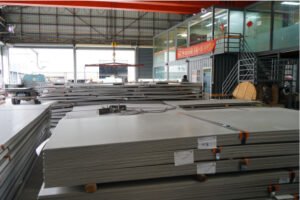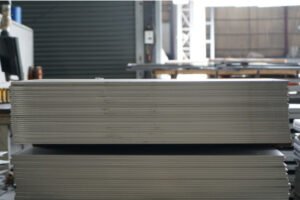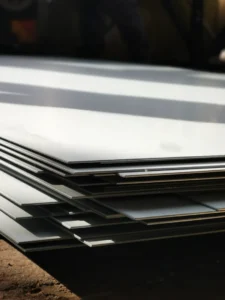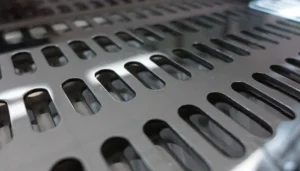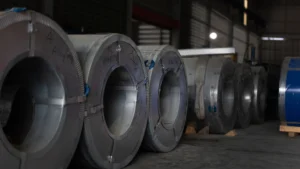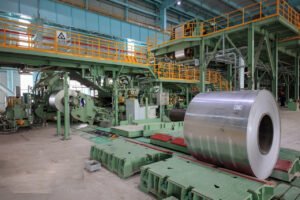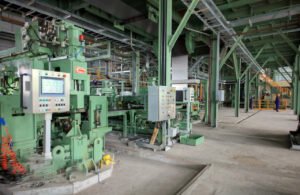Root Causes of Corrosion on 316 Stainless Steel Fasteners in Coastal Projects
Struggling with unexpected fastener failure in coastal projects? This corrosion compromises structural integrity and budgets. Understanding the true root cause is the first step to ensuring long-term reliability.
The primary root causes of corrosion on 316 stainless steel fasteners in coastal areas are not just environmental; they stem from a critical interaction between aggressive chloride exposure and often-overlooked material deficiencies, such as improper passivation, microstructural defects, and suboptimal surface finishes from manufacturing.

As the Global Business Director at MFY, I’ve seen countless projects where engineers specified 316 stainless steel, expecting it to be invincible, only to face premature and costly failures. The problem isn't usually the grade itself, but a deeper misunderstanding of how it behaves when manufacturing quality and a harsh environment collide. Let's break down the real reasons your fasteners might be failing and, more importantly, what you can do about it.
What are the common corrosion issues observed in 316 stainless steel fasteners used in coastal projects?
Seeing rust on "stainless" steel is confusing. This sight undermines trust in the material and can signal a much larger problem. Identifying the specific type of corrosion is key.
In coastal projects, the most common corrosion issues for 316 stainless steel fasteners are pitting and crevice corrosion. These localized forms of attack are particularly insidious because they can compromise a fastener's strength without showing widespread, obvious signs of rusting on the surface.

These two types of corrosion are the primary culprits we need to understand. They don't act like the uniform rust you see on carbon steel; instead, they are focused, localized attacks that can lead to sudden and unexpected failures. I remember a client in Dubai who was baffled by fasteners failing on a seaside veranda. The exposed bolt heads looked pristine, but under the washers, where water was trapped, severe crevice corrosion had eaten away at the material, compromising the entire joint. This experience highlights why a surface-level inspection is never enough. It's crucial to understand the mechanisms at play.
Pitting Corrosion: The Silent Attacker
Pitting is a form of extremely localized corrosion that leads to the creation of small holes, or "pits," in the metal. In coastal environments, airborne chloride ions from sea spray land on the fastener's surface. These ions can break down the passive chromium-oxide layer that normally protects stainless steel. Once this protective film is breached in a tiny spot, an aggressive corrosion process starts, burrowing deep into the metal. The small surface opening hides the significant damage underneath, making it a particularly dangerous form of decay.
Crevice Corrosion: The Hidden Danger
Crevice corrosion occurs in tight, shielded spaces where oxygen is restricted. Think about the area under a bolt head, within the threads, or between a washer and the nut. Seawater or salt-laden moisture gets trapped in these gaps. The low-oxygen environment prevents the passive layer from repairing itself, while the trapped chlorides concentrate and accelerate corrosion. The result is a rapid, localized attack hidden from view, which can weaken the fastener to the point of failure.
| Corrosion Type | Location | Appearance | Primary Cause |
|---|---|---|---|
| Pitting | Exposed surfaces | Small, deep holes or pits | Chloride-induced breakdown of the passive layer |
| Crevice | Under washers, in threads | Localized, deep corrosion in tight gaps | Oxygen depletion and chloride concentration in a stagnant solution |
What environmental factors contribute to the corrosion of 316 stainless steel in coastal areas?
The coastal environment is notoriously harsh. Ignoring its specific threats leads to premature material failure and costly rework. Pinpointing these factors is essential for proactive protection.
The key environmental factors driving corrosion in coastal areas are high atmospheric chloride concentrations from sea spray, persistent high humidity that keeps surfaces wet, and elevated temperatures that accelerate the electrochemical corrosion process. The combination of these factors creates a highly aggressive electrolyte.
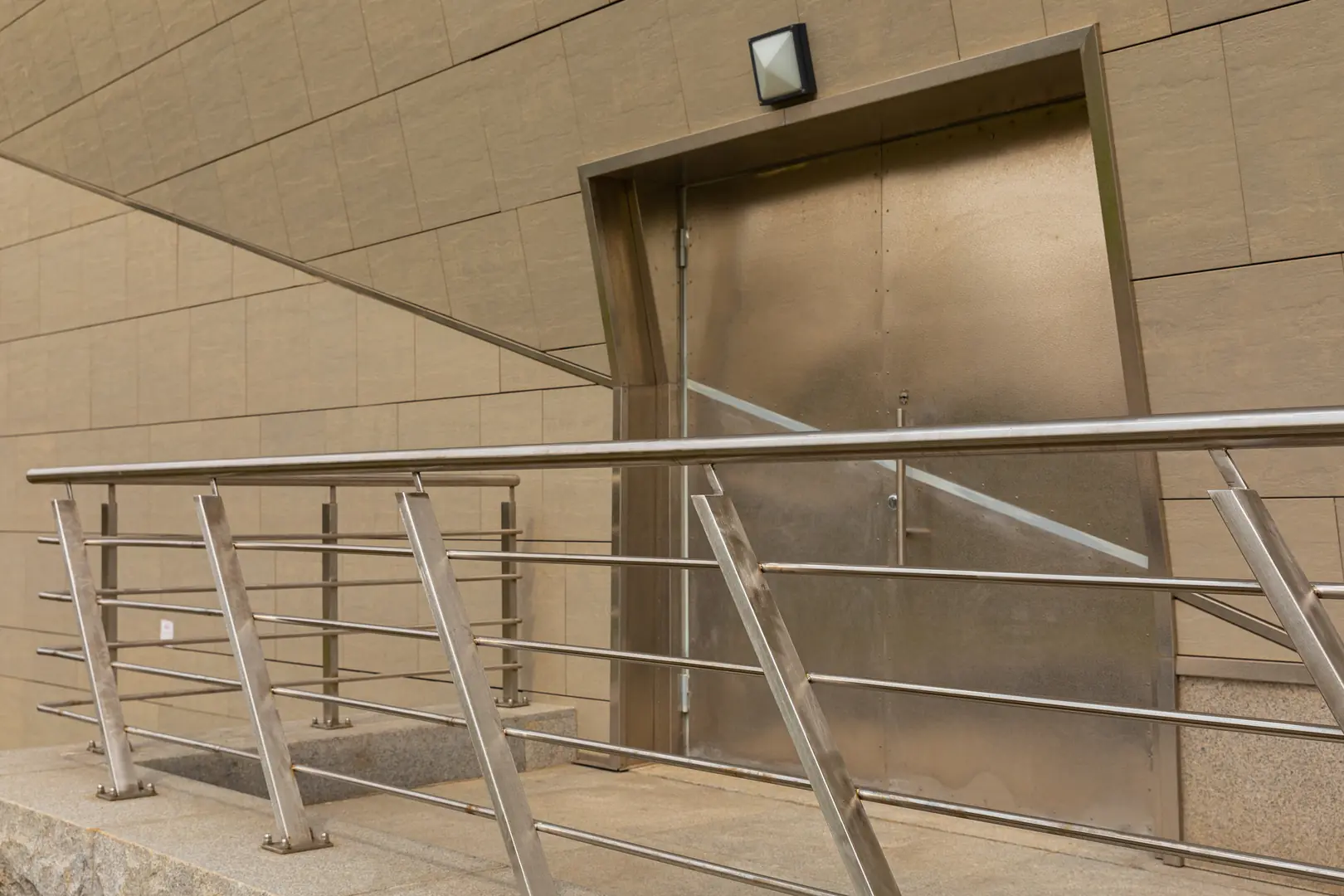
At MFY, we always stress to our partners that the environment is an active participant in a material's lifecycle. It's not a static backdrop. A coastal zone is a dynamic, corrosive engine that never stops running. The salt in the air, the constant moisture, and the warm sun all work together to challenge the limits of even high-quality materials like 316 stainless steel. Understanding this synergy is the first step toward building structures that can withstand the assault and last for their intended design life.
The Chloride Challenge
Chlorides are public enemy number one for stainless steel. Found in abundance in seawater and sea spray, chloride ions are small and aggressive, allowing them to penetrate the passive chromium-oxide layer that gives stainless steel its "stainless" quality. The higher the concentration of airborne salt, the greater the risk. Structures directly on the shoreline or exposed to prevailing onshore winds face a much higher chloride load than those even a few hundred meters inland.
Temperature and Humidity Synergy
Corrosion is an electrochemical reaction, and like most chemical reactions, it speeds up as temperatures rise. The warm climate typical of many coastal regions acts as a catalyst. Furthermore, high humidity ensures that surfaces remain wet for extended periods, allowing the deposited salts to dissolve and form a conductive electrolyte. This constant film of moisture means the corrosive attack isn't limited to periods of rain; it can be a 24/7 process, especially when temperatures drop below the dew point at night. These factors work together, creating an environment far more corrosive than the sum of its parts.
| Environmental Factor | Impact on 316 Stainless Steel |
|---|---|
| High Chlorides | Directly attacks and breaks down the protective passive layer. |
| High Humidity | Keeps surfaces wet, creating an electrolyte for corrosion to occur. |
| Elevated Temperature | Accelerates the rate of the electrochemical corrosion reaction. |
| Salt Spray | Continuously deposits fresh chlorides onto the material surface. |
How do material properties of 316 stainless steel influence its susceptibility to corrosion in marine environments?
You specified grade 316 for a reason. But not all 316 is created equal, and assuming it is can be a costly mistake. Understanding its metallurgy reveals hidden vulnerabilities.
While 316 stainless steel's molybdenum content provides superior pitting resistance, its susceptibility to corrosion is heavily influenced by manufacturing variables. Improper alloying, poor surface finishes that create microscopic crevices, and insufficient passivation that leaves the protective layer weak are critical hidden factors.

This is where our expertise in the entire supply chain, from raw material to finished product, becomes critical. The spec sheet for 316 stainless steel allows for a range of elemental composition. A fastener made with molybdenum content[^1] at the low end of the spec will not perform as well as one at the high end, yet both are technically "316." We once analyzed a competitor's fasteners that failed within a year on a coastal hotel project. Lab tests revealed the molybdenum was at the bare minimum and the surface passivation was incomplete. It was a classic case of cutting corners in manufacturing, which ultimately led to a catastrophic failure for the end-user. The material's potential is only realized through quality manufacturing.
The Role of Alloying Elements
The composition of 316 stainless steel is designed for corrosion resistance. Chromium is the star player, forming the passive oxide layer. Nickel improves overall toughness and formability. But in a coastal environment, the most important element is Molybdenum. It significantly enhances the material's ability to resist pitting and crevice corrosion caused by chlorides. This is the primary reason 316 is specified over the more common 304 grade for marine applications.
Manufacturing's Hidden Impact
A perfect chemical composition can be completely undermined by poor manufacturing.
- Surface Finish: A rough, unpolished surface has more microscopic peaks and valleys, which can trap chlorides and act as initiation sites for pitting and crevice corrosion. A smooth, clean finish is far more resistant.
- Passivation: After manufacturing, fasteners must undergo a passivation process (typically an acid bath) to remove free iron from the surface and help form a robust, uniform chromium-oxide layer. If this step is skipped or done poorly, the fastener is left vulnerable from day one.
- Heat Treatment: Improper heat treatment can lead to a phenomenon called sensitization, where chromium carbides form along grain boundaries, depleting the surrounding areas of the chromium needed to maintain the passive layer.
| Manufacturing Flaw | Consequence in Coastal Environment |
|---|---|
| Low Molybdenum Content | Reduced resistance to pitting and crevice corrosion. |
| Rough Surface Finish | Creates sites for chlorides to accumulate and initiate corrosion. |
| Insufficient Passivation | Results in a weak or incomplete protective oxide layer. |
| Improper Heat Treatment | Can cause sensitization, leading to intergranular corrosion. |
What solutions can be implemented to mitigate corrosion in 316 stainless steel fasteners used in coastal projects?
Corrosion may seem inevitable in harsh environments. But accepting premature failure is not an option. Proactive solutions can dramatically extend fastener lifespan and ensure project safety.
Key solutions include specifying materials with a higher Pitting Resistance Equivalent Number (PREN), such as duplex stainless steels, applying protective coatings, insisting on superior surface finishes like electropolishing, and designing assemblies to eliminate crevices and promote drainage.
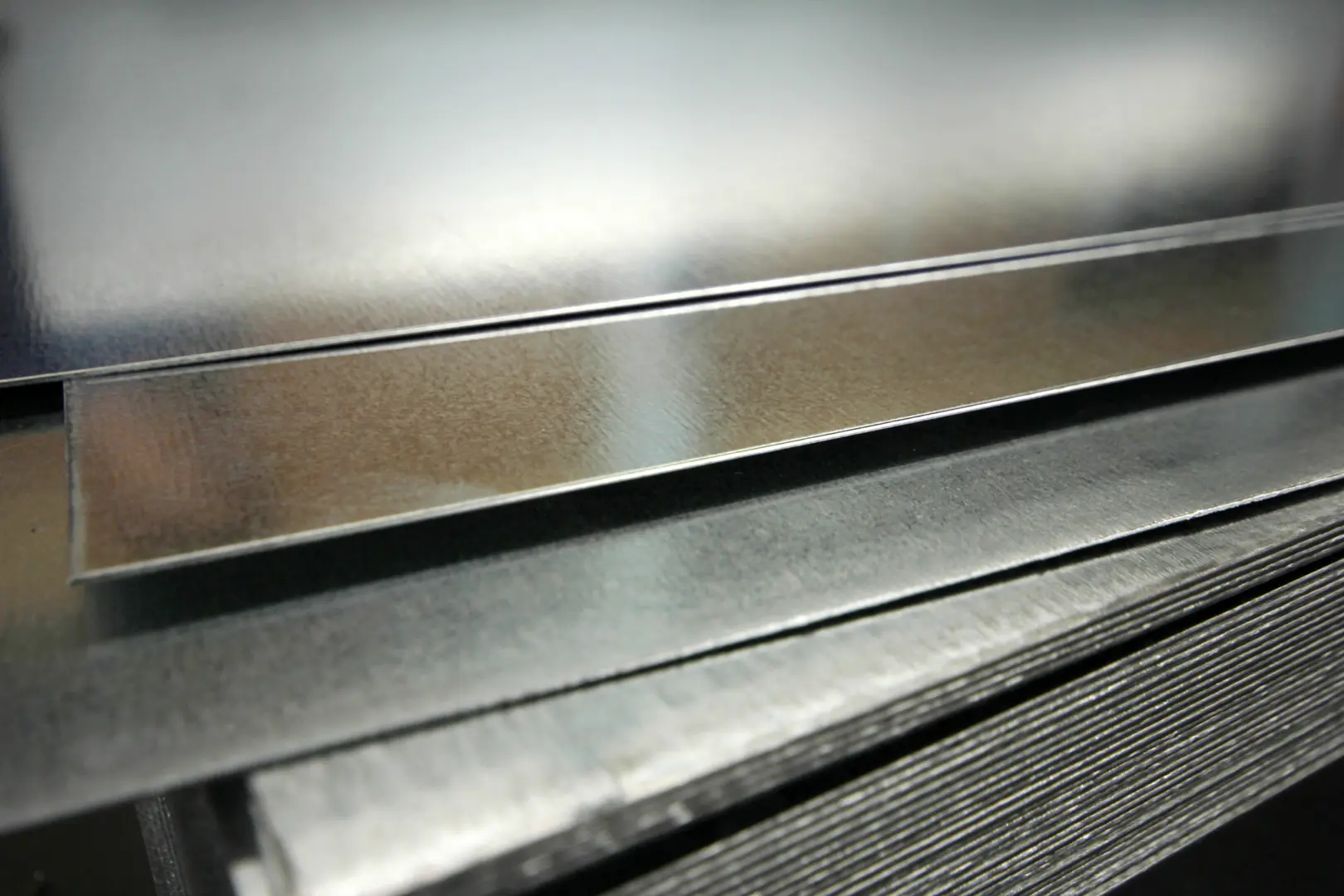
Solving the corrosion problem requires a holistic approach that starts long before the fastener is ever installed. It's about a partnership between the project engineer and a knowledgeable material supplier. We work with clients to move beyond simply specifying "316." We discuss the specific micro-environment, the structural loads, and the desired service life to recommend a complete solution. This might mean a higher-grade material, a specific surface treatment, or even a slight design modification. The goal is to build resilience into the system, not just rely on a material grade name.
Upgrading the Material
For the most aggressive coastal or offshore environments, even high-quality 316 may not be sufficient. In these cases, it's wise to consider duplex stainless steels like 2205. Duplex grades have a higher chromium, molybdenum, and nitrogen content, giving them a significantly higher PREN value and far superior resistance to chloride pitting and crevice corrosion. While the upfront cost is higher, it is often justified by the massive reduction in lifecycle maintenance and replacement costs.
Advanced Surface Treatments and Coatings
Improving the surface is a powerful mitigation strategy.
- Electropolishing: This electrochemical process removes a microscopic layer of material, resulting in an extremely smooth, clean, and featureless surface that is more corrosion-resistant than a standard passivated finish.
- Protective Coatings: Applying a barrier coating, such as a ceramic-filled fluoropolymer, can completely isolate the fastener from the environment. This is an excellent option for critical connections.
Design for Durability
Smart design can engineer corrosion out of the system. This involves avoiding designs that create tight gaps where moisture can be trapped. Using flexible sealants or gaskets can fill potential crevices. Furthermore, orienting components to allow for water runoff and prevent pooling is a simple but highly effective strategy to keep surfaces dry and reduce the time of wetness.
| Mitigation Strategy | Primary Benefit | Best For |
|---|---|---|
| Material Upgrade (e.g., Duplex) | Fundamentally higher corrosion resistance. | Highly aggressive environments, critical applications. |
| Electropolishing | Creates an ultra-smooth, highly passive surface. | Enhancing the performance of 316 in moderate to severe zones. |
| Protective Coatings | Provides a complete barrier to the environment. | Mixed-metal joints or when maximum protection is needed. |
| Design Modification | Eliminates the conditions required for crevice corrosion. | All new projects; should be a standard practice. |
What are the best practices for maintaining and protecting stainless steel fasteners in coastal applications?
Installation is just the beginning of a fastener's life. Neglecting maintenance is an open invitation for corrosion to return. A simple, consistent routine ensures long-term performance.
Best practices for maintenance include regular freshwater rinsing to remove salt deposits, periodic visual inspection for early signs of staining or pitting, and ensuring fasteners are not in direct contact with dissimilar, less noble metals like carbon steel to prevent galvanic corrosion.
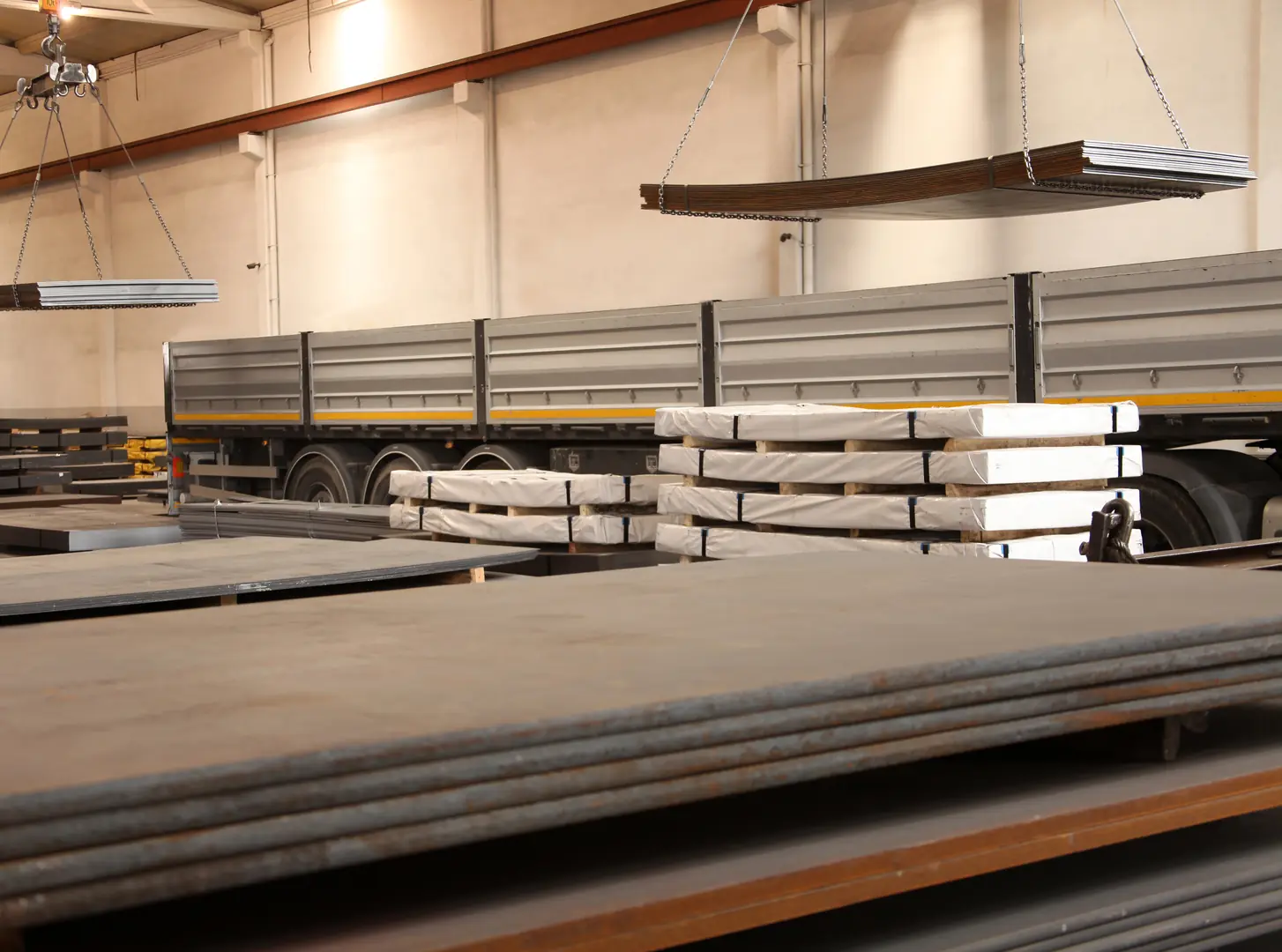
The simplest advice is often the most effective. I tell our clients to think of their stainless steel structures like they think of the windows on a seaside building. You wouldn't let salt crust build up on the glass for years, and you shouldn't let it build up on your structural fasteners either. Rain is good, but a deliberate, periodic wash-down is better. This simple act of housekeeping can dramatically extend the life of the components by removing the chlorides that fuel the corrosion process. It's the cheapest and easiest form of insurance you can buy for your project's longevity.
The Power of Regular Cleaning
The single most effective maintenance task is to regularly wash the fasteners and surrounding structure with fresh water. This simple action removes the accumulated salt deposits and other contaminants that can concentrate chlorides on the surface. For architectural applications or easily accessible structures, this should be done every 3 to 6 months. For critical infrastructure, it should be part of a scheduled maintenance plan.
Inspection and Early Intervention
Don't wait for a failure to occur. Implement a regular inspection schedule to look for the early warning signs of corrosion, such as light brown staining (often mistaken for rust, it can be the first sign of trouble), or the beginning of pitting. If staining is found, it can often be cleaned with a specialized stainless steel cleaner. Addressing these issues early prevents them from developing into serious structural problems.
Avoiding Galvanic Corrosion
When 316 stainless steel is in direct electrical contact with a less noble metal (like aluminum or galvanized carbon steel) in the presence of an electrolyte (like seawater), it can cause the other metal to corrode rapidly. This is galvanic corrosion. To prevent this, always use insulating materials like nylon or neoprene washers and sleeves to separate the dissimilar metals.
| Maintenance Task | Frequency | Purpose |
|---|---|---|
| Freshwater Rinsing | Every 3-12 months | To remove corrosive salt deposits from the surface. |
| Visual Inspection | Annually | To detect early signs of corrosion like staining or pitting. |
| Specialized Cleaning | As needed | To remove any tea-staining or surface contaminants. |
| Check for Isolation | During installation & inspection | To prevent galvanic corrosion with dissimilar metals. |
Conclusion
Corrosion on 316 fasteners in coastal areas is a solvable problem. Success demands a shift from just specifying a material grade to a holistic approach that vets manufacturing quality, considers advanced solutions, and implements a simple maintenance plan. This ensures the long-term safety and value of your project.
Have Questions or Need More Information?
Get in touch with us for personalized assistance and expert advice.

